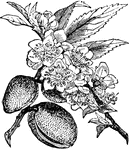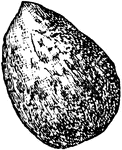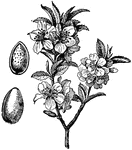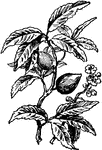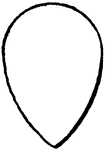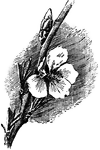Search for "Almond"

Pear Design
"Also known as the cone, the palm leaf, the river loop, the crown jewel, the seal, the almond, the feather,…
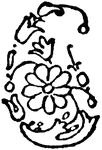
Pear Design
"Also known as the cone, the palm leaf, the river loop, the crown jewel, the seal, the almond, the feather,…

Pear Design
"Also known as the cone, the palm leaf, the river loop, the crown jewel, the seal, the almond, the feather,…

Pear Design
"Also known as the cone, the palm leaf, the river loop, the crown jewel, the seal, the almond, the feather,…
Pear Design
"Also known as the cone, the palm leaf, the river loop, the crown jewel, the seal, the almond, the feather,…
Pear Design
"Also known as the cone, the palm leaf, the river loop, the crown jewel, the seal, the almond, the feather,…
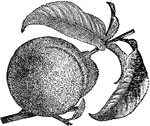
Peach
A class of fruit trees including many varieties, and cultivated in all the countries having a warm or…

Plum
A class of fruit trees belonging to the same genus as the apricot, almond, peach, and cherry, and cultivated…
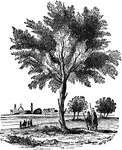
Almond Tree
"A genus of the natural orer Rosaceae, sub-order Amygdaleae or Drupaceae, consisting of trees or shrubs,…

Almond
A tree with pinkish blossoms whose fruit is very fiborous. It is native to Asia and Africa but is grown…

Almond Tree
" Almonds come from Spain and Italy, but they grow spontaneously in many other warm countries. There…
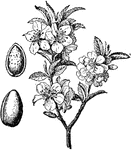
Almond Tree and Fruit
The almond is native to Iran, from northwestern Saudi Arabia, north through western Jordan, Israel,…

Mandorla
A Mandorla is a Vesica Piscis shaped aureola which surrounds the figures of Christ and the Virgin Mary…

Flowering Branch of Amygdalus Communis
The amygadalus communis is commonly known as the common almond. The flowers are white or rose colored.

Bearing Habit of the Almond
Almonds usually ripen from August to October. The type of almonds that are cultivated commercially are…

Nuts
Pictured are various types of nuts. (1) Peruvian almond husk above, nut below, (2) Tabebuia, (3) Betel…
